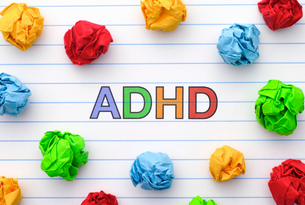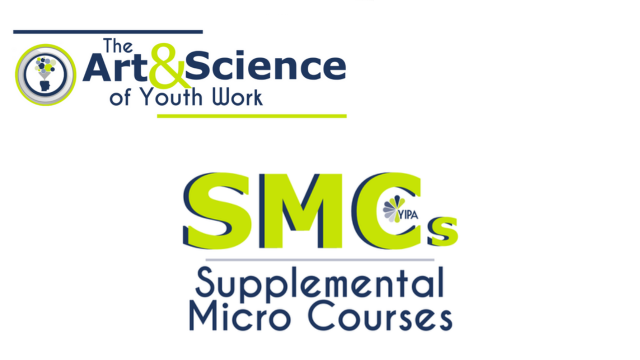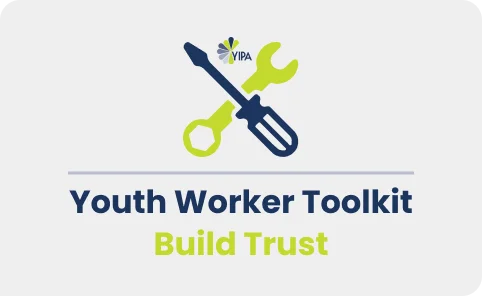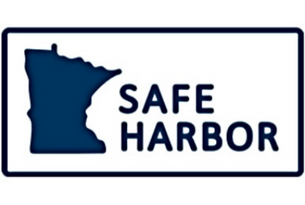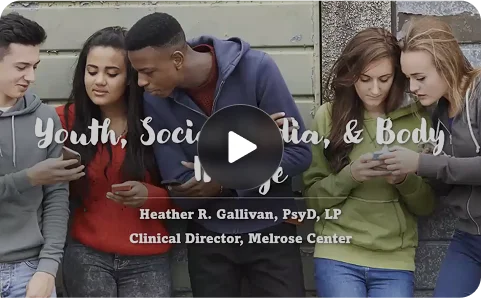Recognizing Risks and Building Effective Responses to Human Trafficking and Exploitation
Your Course Description
At-Risk Behaviors
- Youth are often targeted by sex and labor traffickers because they are more vulnerable and less likely than adults to know where to turn for help.
- This training focuses on sex and labor trafficking and exploitation, with a particular focus on building effective responses for youth and young adults who are victims/survivors or are at risk of harm.
- You’ll learn about the characteristics of at-risk youth, the tactics of traffickers and exploiters, common misconceptions about trafficking and exploitation, available resources, and best practices for working with youth.
Your Learning Objectives
- Define different types of human trafficking
- Identify the situations that place youth at risk for human trafficking and/or exploitation
- Understand the Safe Harbor response to human trafficking in Minnesota
- Examine frameworks for trauma-informed, victim-centered, culturally-inclusive, strengths-based responses
- Learn from experience by reviewing the findings and recommendations of the 2019 Safe Harbor evaluation by Wilder Foundation
Your Course Details
- Interactive
- Completion Certificate
- Youth Worker Track
- This training will count as 1.5 CE hours for most boards. Please contact your board directly with questions on submitting. Course details for CE submissions provided.
Your Trainer
 Mel Alvar is a community advocate, and human trafficking subject matter expert from Duluth, Minnesota with nearly 20 years of experience in grassroots harm reduction, and gender-based violence prevention, and positive youth-development work. Mel works as the Safe Harbor Regional Navigator at PAVSA, where she is a point of contact in Northeast Minnesota for training and consultation to increase awareness, and build community and professional capacity for walking alongside youth, individuals and families impacted by exploitation and human trafficking. Mel is a 2023 Class 8 Graduate of the Human Trafficking Leadership Academy (with NHTTAC/OTIP) and is fiercely passionate about improving equity and outcomes and lowering community and systems barriers that folks impacted by violence encounter on their healing journey. Mel is a mother, creative artist, business owner (Traveling Beads), and CrossFit athlete in recovery, with lived experience of intimate partner trauma and exploitation.
Mel Alvar is a community advocate, and human trafficking subject matter expert from Duluth, Minnesota with nearly 20 years of experience in grassroots harm reduction, and gender-based violence prevention, and positive youth-development work. Mel works as the Safe Harbor Regional Navigator at PAVSA, where she is a point of contact in Northeast Minnesota for training and consultation to increase awareness, and build community and professional capacity for walking alongside youth, individuals and families impacted by exploitation and human trafficking. Mel is a 2023 Class 8 Graduate of the Human Trafficking Leadership Academy (with NHTTAC/OTIP) and is fiercely passionate about improving equity and outcomes and lowering community and systems barriers that folks impacted by violence encounter on their healing journey. Mel is a mother, creative artist, business owner (Traveling Beads), and CrossFit athlete in recovery, with lived experience of intimate partner trauma and exploitation. 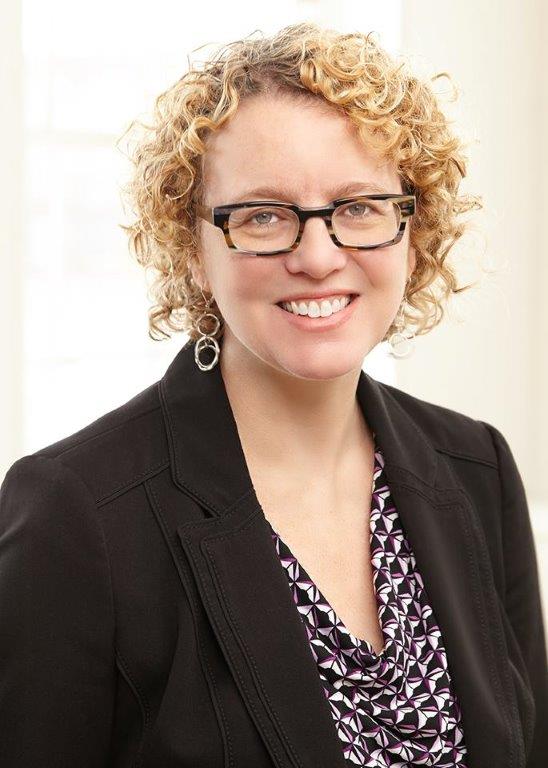 Caroline Palmer, JD is the Safe Harbor Director at the Minnesota Department of Health. Her focus is on building cross-disciplinary collaboration across government and private sectors on behalf of survivors of sex and labor trafficking. She is responsible for policy development, grantee oversight, project management, and data/evaluation management. Before joining MDH, Palmer was the Policy and Legal Affairs Manager at the Minnesota Coalition Against Sexual Assault for over a decade. She has also served as the Pro Bono Development Director at the Minnesota State Bar Association and was a staff attorney at the Minnesota AIDS Project. She is an adjunct professor at the Mitchell Hamline School of Law. Palmer is a graduate of Hamline University School of Law and Barnard College; in addition she was a policy fellow at the Humphrey School of Public Affairs at the University of Minnesota. In 2018 Palmer received the Distinguished Service Award from the Minnesota Department of Public Safety.
Caroline Palmer, JD is the Safe Harbor Director at the Minnesota Department of Health. Her focus is on building cross-disciplinary collaboration across government and private sectors on behalf of survivors of sex and labor trafficking. She is responsible for policy development, grantee oversight, project management, and data/evaluation management. Before joining MDH, Palmer was the Policy and Legal Affairs Manager at the Minnesota Coalition Against Sexual Assault for over a decade. She has also served as the Pro Bono Development Director at the Minnesota State Bar Association and was a staff attorney at the Minnesota AIDS Project. She is an adjunct professor at the Mitchell Hamline School of Law. Palmer is a graduate of Hamline University School of Law and Barnard College; in addition she was a policy fellow at the Humphrey School of Public Affairs at the University of Minnesota. In 2018 Palmer received the Distinguished Service Award from the Minnesota Department of Public Safety. Have a question?
Click the Ask a Question button and we'll get back to you within 1 business day.
Your Skill-Building Objectives
Recognizing Risks
Identifying risks and ensuring safety
Trauma-Informed Care
Creating a healing space for growth
What YIPA members are saying
A lot of information!
Thank you for including information on Indigenous/Native people. I truly appreciated it!
I really appreciate the quality and the ease of access.



